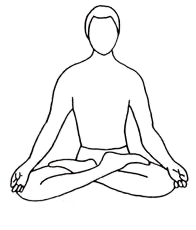Padmasana Group of Asanas
Padmasana or lotus position is a crossed-legged yoga posture that helps to calm our mind and alleviate our physical alignments. It is the most popular and ancient form of yoga. Padmasana is taught as the primary yoga postures before practicing any other forms of yoga. The word ‘Padma’ means lotus in Sanskrit so it is called lotus posture also. Another reason for naming it so is because this posture resembles the beauty of the lotus flower.
It is a key element before jumping into any other yoga postures but one may forget how difficult is this posture, to begin with. Sometimes this yoga Asana can hurt your knees the key here is not getting hurt as far as possible. Regular practice of this yoga helps to aid the overall Human system and strengthen our body.
The pose is ancient and is described along with other sitting postures in so many books. The name padmasana is from the Sanskrit word ‘ Padma’, which means lotus, and ‘asanas’ which means postures. Asian considers scared lotus as the symbol of growth, perfection, and enlightenment. This is because it is rooted in the mud at the bottom of the pond but still rises so beautifully and blossoms over water.
The following are some of the types of padmasana with description:
1. Yogamudrasana (physic union pose)

It is a forwardly seated bending yoga posture and is known as a physic union pose. Pregnant ladies and women undergoing period should avoid this yoga. It enhances flexibility and tone up the internal organs of the abdomen.
2. Matsyasana (fish pose)
The procedure to this pose is to recline in the back and bend your knees. People who suffer from heart disease, high and low blood pressure should avoid matsyasana. This pose helps to relieve respiratory problems and strengthen the upper body.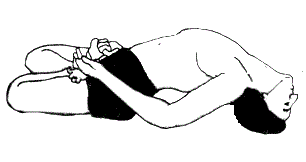
3. Gupta padmasana (hidden lotus pose)
This pose is not quite familiar and is not widely practiced but it has so many benefits. Pregnant women, people with knee injuries and lower back pain should avoid this pose behind your back and
4. Baddha padmasana (locked lotus pose)
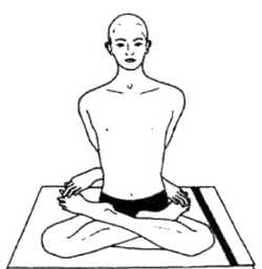
This pose is an advanced level of padmasana. You need to keep your feet high in your thighs placing your right hand and reaching around till your right hand is close to the left hip. Those who are suffering from a severe back injury, hip injury, ankle injury, and knee injury are strictly prohibited to perform this yoga.
5. Lolasana( swinging pose)
It is a pendant pose and is mostly about balancing the body by hand. Lolasana challenges the core muscles, shoulder hips, etc so people with injury and recent surgery should avoid lolasana.
6. Kukkutasana (cockeral pose)
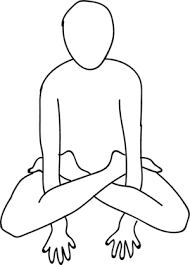
The hands are stuck behind the knees and hands support the weight of the body. It strengthens the muscles, wrist, elbows, and develops a sense of balance with stability. People with carpal tunnel syndromes, arthritis, blood pressure, hips-knees-wrist injuries should avoid this pose.
7. Garbha pindasana ( foetus in the womb pose)
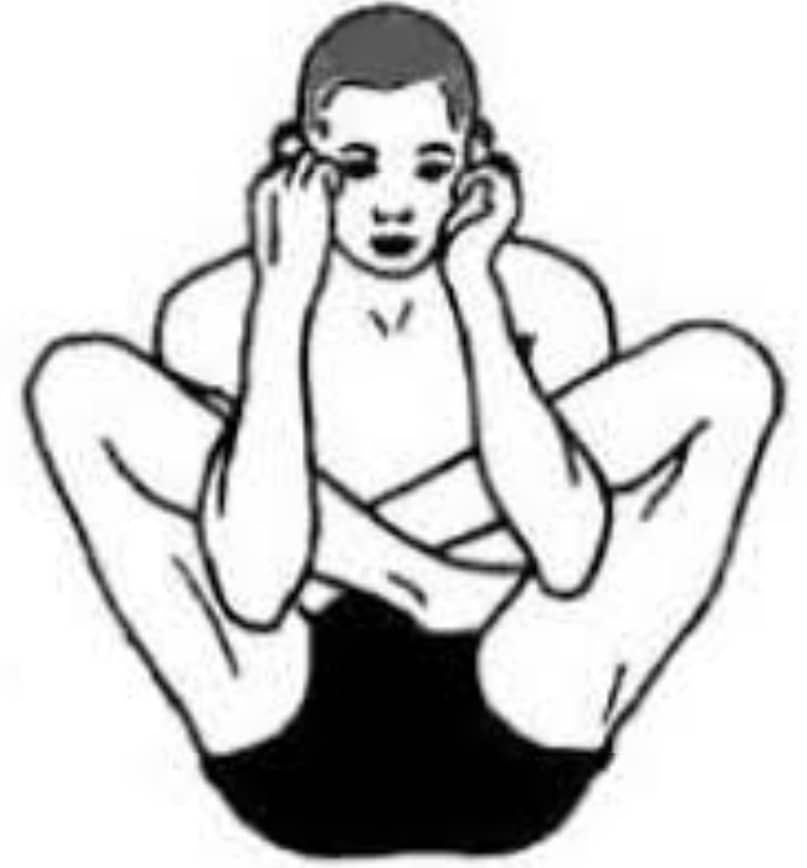
It is a seated balancing asana in Hatha and modern yoga. This pose helps to relax the whole spine and is very helpful for abdominal cramps. Garbha pindasana should not be practiced with problems of knees, hips, and ankles.
8. Tolangulasana (weighing scaling pose)
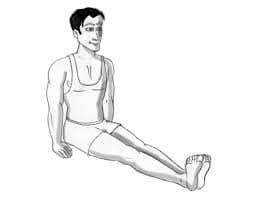
To perform this Asana, you need to seat in lotus pose raising your legs to the height and putting your all weight on your forearms and buttocks. People with weak abdominal muscles, stiffness, or injuries in the wrist should avoid this Asana.
Before jumping into any kind of padmasana, you need to take proper precautions and be aware of your body and its strength.
Benefits of padmasana
- Best yoga for meditation.
- Good for abdominal and pelvic organs.
- Aids indigestion.
- Controls blood pressure.
- Good for the ankle and knees
- Regularize mensuration.
- Weight loss and weight balance.
- Helps in childbirth.
